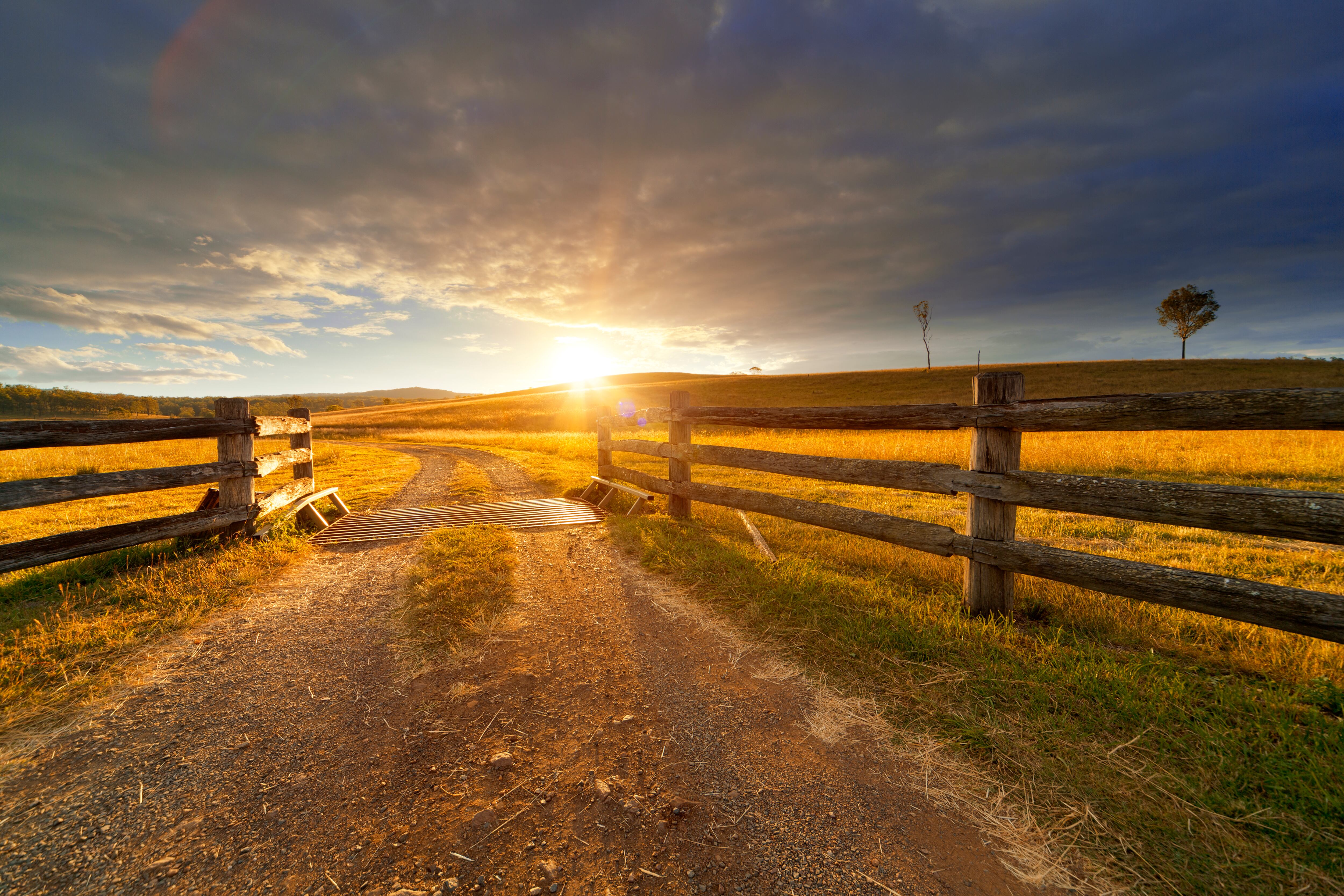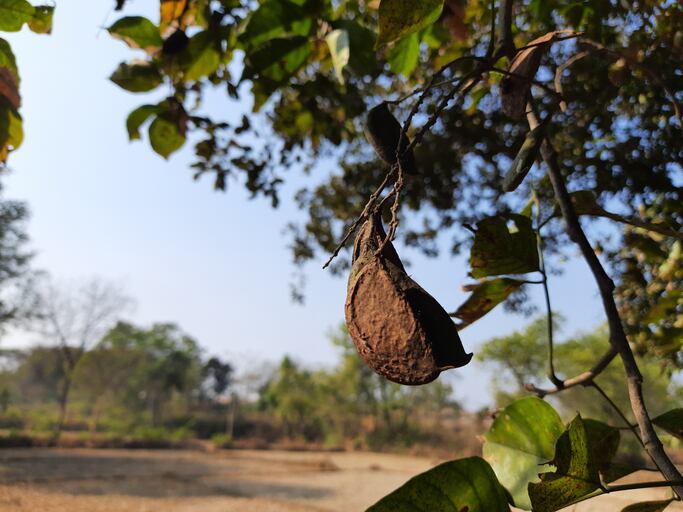The move follows October’s successful acquisition of 55 hectares of land in Withcott, Queensland, for the facility, and approval of the development application and approval to begin construction early next year.
“This has been in the planning stages for several years and it’s so exciting to finally be ready to break ground,” says Lockyer Valley Foods’s chair, Murray Chatfield.
“We will not only deliver one of Australia’s most sophisticated, lowest emissions facilities, we will also secure the future of the fruit and vegetable industry in Queensland and reduce Australia’s reliance on a variety of imported produce.”
Lockyer Valley Foods, which is supported by a local co-operative including farmers, claims this is first new fruit and vegetable processing facility to be built in Australia for decades.
It comprises a steel can production and canning facility; freezing, powdering and juicing capabilities; a pallet manufacturing plant that will recycle plastic waste to make pallets; and a biomethane plant which will use green waste from the plant and the surrounding communities to take the entire facility off-grid.
It will initially produce 60,000 tonnes per annum of biomethane, rising to 180,000 tpa over five years. Frozen fruit and veg production will begin at 30,000 tonnes, rising to 120,000 tonnes over five years.
Chatfield said the facility will be built in a staged approach, ensuring construction can proceed as quickly as possible with initial revenue streams feeding back in to fund further development. “Within one year of our initial build program we will be creating significant positive revenues. Our aim is to have a circular economy both in production, through everything being used and recycled and enabling future funding.”
Futureproofing ‘Australia’s salad bowl’
The Lockyer Valley – known as ‘Australia’s salad bowl’ – is vital to Australia’s food security. “This is one of the most fertile growing regions in the world, and is a major contributor, year-round, to Australia’s produce needs, both fresh and processed,” says founder and CEO Colin Dorber.
“This facility delivers a secure food future for our country; long-term growth and security for our producers, and a major reduction in waste and emissions – it really is win-win-win.”
Securing jobs for the sector
One in three Queensland farmers are considering quitting the industry this year, according to a survey from AUSVEG. A key driver for this is the inability sell entire crops – almost everything except supermarket-acceptable fresh produce is wasted due to the lack of processing facilities.
“We will deliver security and profitability to growers and support investment and job creation in our vital food industry, not just in Lockyer Valley but also Bundaberg, the Scenic Rim, Darling Downs, Fassifern and Somerset,” Dorber says.
The $50M series A round follows pre-seed and seed investment which funded the land purchase and pre-construction costs including completed design and specifications and pre-feasibility modelling of machinery, equipment and processing techniques; the electrical and site design; processing; storage, and distribution. The facility will recycle 100% of its water.
“Lockyer Valley Foods will really highlight how fruit and vegetable processing can be highly profitable from the seed to the table for Australia, whilst ensuring growers have long-term viable and profitable futures,” Dorber adds. “The hard yards have been done, now it’s time to build, build, build.”

